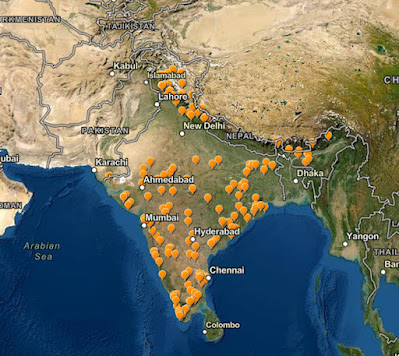Sacred Mountains on Spatial Map

Sacred mountains played a vital role in the conservation of local ecology and the environment. A variety of themes are often found within sacred mountain traditions. The beliefs demonstrate an important link between the community’s cultural identity and traditional patterns of land conservation. Sacred mountains are distinguished from other sacred sites as being exceptionally comprehensive ecosystems. Due to their topographic and bio-cultural richness they provide opportunities for climate change adaptation and act as refuges for plants and animals from environmental change and from competing species. They provide opportunities for species to move up and down and to adapt to climate change, which can play a vital role in a species’ survival. Sacred Mountains and sacred sites within mountains have resulted in communities maintaining and preserving their natural resources in often-pristine conditions. Indigenous communities have long realized the value of the high diversity and na...
